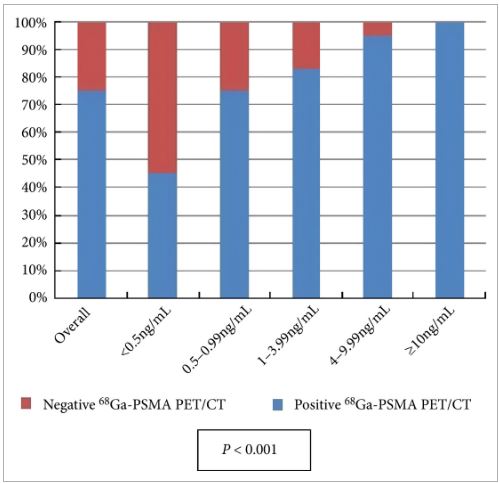
Article of the Week: Impact of 68Ga-PSMA PET/CT in PCa with rising PSA
Every Week the Editor-in-Chief selects an Article of the Week from the current issue of BJUI. The abstract is reproduced below and you can click on the button to read the full article, which is freely available to all readers for at least 30 days from the time of this post.
In addition to the article itself, there is an accompanying editorial written by a prominent member of the urological community. This blog is intended to provoke comment and discussion and we invite you to use the comment…

Editorial: Defining the clinical utility of PSMA-targeted PET imaging of prostate cancer
In the field of oncology, positron emission tomography (PET) is most commonly performed using 2-deoxy-2-[18F]fluoro-d-glucose (18F-FDG), a radiofluorinated glucose analogue that accumulates in cells undergoing aerobic glycolysis. Unfortunately, because of the low glycolytic activity of hormone-naïve prostate cancer cells, 18F-FDG PET has been of little value in imaging men with this malignancy [1]. Instead, clinicians have been left to rely mostly on 99mTc-methylene diphosphonate bone scan,…
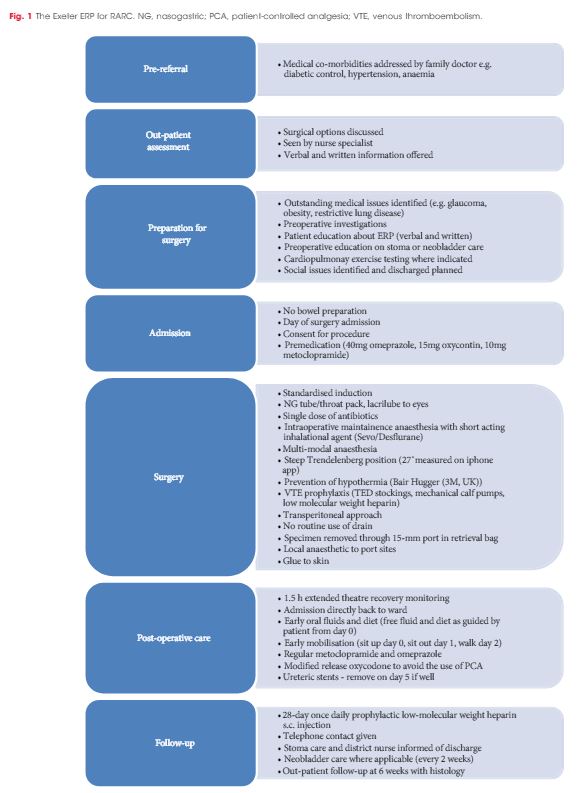
Article of the Week: Introduction of RARC within an established enhanced recovery programme
Every Week the Editor-in-Chief selects an Article of the Week from the current issue of BJUI. The abstract is reproduced below and you can click on the button to read the full article, which is freely available to all readers for at least 30 days from the time of this post.
In addition to the article itself, there is an accompanying editorial written by a prominent member of the urological community. This blog is intended to provoke comment and discussion and we invite you to use the comment…

Editorial: Speeding up recovery from radical cystectomy: how low can we go?
Radical cystectomy (RC) is the ‘gold standard’ treatment for muscle-invasive bladder cancer (BCa) [1]. It offers the best chance of cure in patients with curable disease and excellent palliation in those with local symptoms from advanced disease. Longitudinal reports suggest many patients accept and adapt to the impact of RC, leading to minimal overall impact on their quality of life [2]. As such, RC also offers a viable alternative to BCG for patients with high-risk non-muscle-invasive…
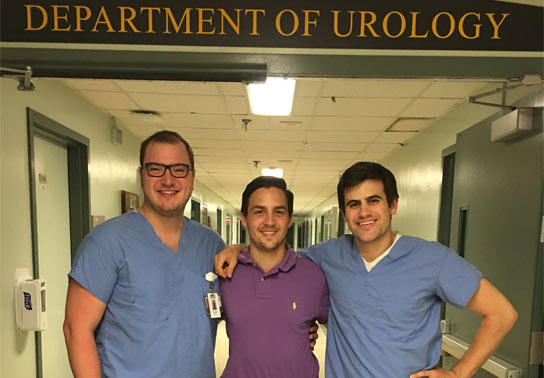
Residents’ Podcast: Ureteric stent dwelling time – a risk factor for post-ureteroscopy sepsis
Jesse Ory, Kyle Lehmann and Jeff Himmelman
Department of Urology, Dalhousie University
Halifax, NS, Canada
Abstract
Objectives
To evaluate the association between stent dwelling time and sepsis after ureteroscopy, and identify risk factors for sepsis in this setting.
Patients and Methods
The prospectively collected database of a single institution was queried for all patients who underwent ureteroscopy for stone extraction between 2010 and 2016. Demographic,…
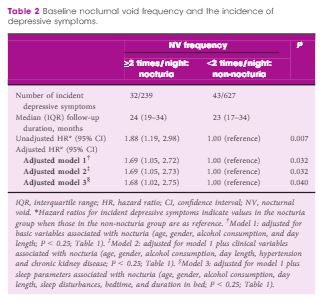
Article of the Month: Nocturia Increases Depressive Symptoms
Every Week the Editor-in-Chief selects an Article of the Week from the current issue of BJUI. The abstract is reproduced below and you can click on the button to read the full article, which is freely available to all readers for at least 30 days from the time of this post.
In addition to the article itself, there is an accompanying editorial written by a prominent member of the urological community. This blog is intended to provoke comment and discussion and we invite you to use the comment…

Editorial: Nocturia and Depressive Symptoms in Older Men
A well-defined cohort of Japanese people is proving a valuable resource for establishing the wider impact of urinary symptoms in older people. Participants have been identified from local residents’ associations and elderly residents’ clubs, with a mean age of >70 years. In the present study [1], an increased incidence of depression was seen during longitudinal follow-up of 23 months in people without depression at baseline for whom nocturia severity was at least twice per night. This…
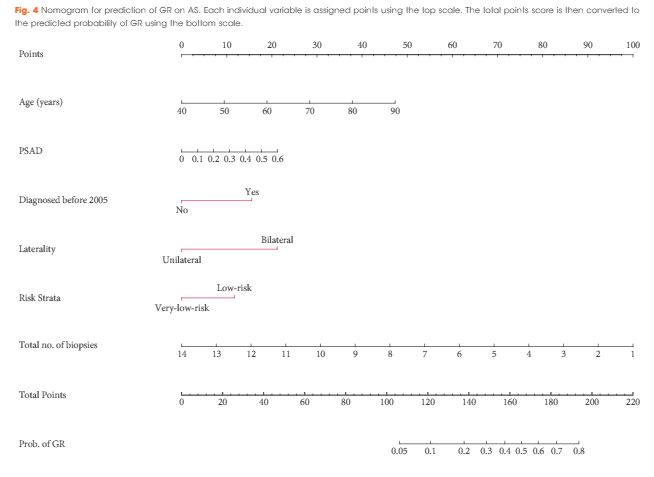
Article of the Week: Risk prediction tool for grade re-classification in men with favourable-risk prostate cancer on active surveillance
1 Comment
/
Every Week the Editor-in-Chief selects an Article of the Week from the current issue of BJUI. The abstract is reproduced below and you can click on the button to read the full article, which is freely available to all readers for at least 30 days from the time of this post.
In addition to the article itself, there is an accompanying editorial written by a prominent member of the urological community. This blog is intended to provoke comment and discussion and we invite you to use the comment…

Editorial: Shift from protocol-based to personalized medicine in active surveillance: beginning of a new era
The use of active surveillance (AS) is rapidly expanding worldwide, with rates as high as 74% among patients with low-risk prostate cancer in the nationwide registry of Sweden [1]. Despite increasing uptake of this strategy by patients, there is no consensus among the medical community as to the ideal criteria for selection and monitoring [2]. For example, the Johns Hopkins AS programme restricts enrolment to men with low-risk disease and performs annual biopsies for monitoring. Other protocols…
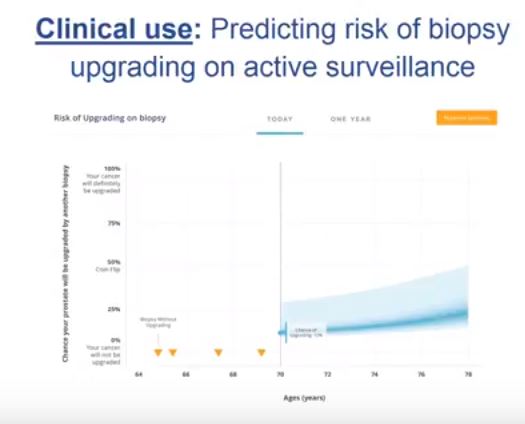
Video: Risk prediction tool for grade re-classification in men with favourable-risk prostate cancer on active surveillance
Risk prediction tool for grade re-classification in men with favourable-risk prostate cancer on active surveillance
Abstract
Objective
To create a nomogram for men on active surveillance (AS) for prediction of grade re-classification (GR) above Gleason score 6 (Grade group >2) at surveillance biopsy.
Patients and Methods
From a cohort of men enrolled in an AS programme, a multivariable model was used to identify clinical and pathological parameters predictive…
